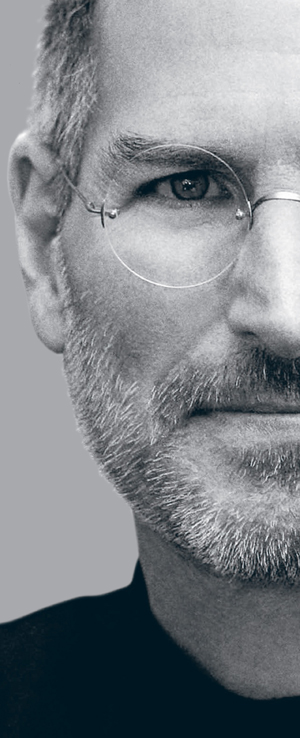There is so much buzz in the startup community about the successes of some of the new titans; Facebook, Groupon and now Instagram. We are looking at these billion dollar valuations and hoping that our startups will achieve that type of success. It is more likely however, that these are the anomalies and that steady to fast growth is the norm for most startups. How do we focus on maximizing the success of our business without being distracted by the noise around us?

I recently heard a great talk on capitalizing opportunities. The main point of the talk was that we need to reverse our way of viewing opportunities. Instead of looking around the startup room and asking, “Hey, why did that guy get more, or bigger, opportunities than me?” Instead ask, “What am I doing with the opportunities that I have? Am I maximizing them?” After the talk, and as I reflected on the successes of our business, I had an epiphany. Perhaps the way of maximizing our success is by focusing on maximizing our clients’ success.
Our company is in a growth season and each month I can see that the single biggest reason for that is because our clients are either recommending our business to others or they are choosing to trust us because they can see what we are doing. When an individual or business decides to use your product or service, they are entrusting you with their time and money. They value your product or expertise and require it to perform their needed tasks.
It’s easy for that reality to be lost when looking at the success of the giants. We can lose sight of the privilege we’ve been given and may be tempted by shortcuts that appear to offer more, faster. For example, when the workload gets demanding we may choose to build a less than perfect product or service to accelerate deployment times. However, that is where success will end. In business, we are no more than our reputation. If we fail to produce amazing products, we will become known for just that, producing subpar products. Likewise, if we continue to produce amazing products, despite the work, we will become known for producing great products.
Steve Jobs knew this well. He was fanatical about building great products every time, often at the expense of release dates (Lean Startup is cringing at the thought). I too believe we need to be fanatical about the quality of the products and services that we produce in our companies. Figuratively speaking, at our business when I look back at our work I want to see straight rows and beautiful hedges, not half weeded flower beds and mostly planted gardens.
Overtime, the opportunities that we are given will grow, our bottom line will increase, and our customers will demand more because we were diligent with what we have now. This is the greatest marketing we can give ourselves. It will further help all our future marketing efforts because all marketing takes existing truths or promises and emphasizes them. By focusing on building a reputation of success your marketing efforts will bring that to light. And when potential customers ask existing ones, they will confirm it. At our company our success is counted now by the quality of work we provide to our clients. If we solved their problems to the very best of our ability, then we have done our job… well.

 There are few people who have ever achieved the dramatic successes Steve Jobs did. It’s probably a good idea then, if you are building a company, to studying some of the insights Steve understood naturally. Some of these were his own thoughts, others he garnered from his mentors.
There are few people who have ever achieved the dramatic successes Steve Jobs did. It’s probably a good idea then, if you are building a company, to studying some of the insights Steve understood naturally. Some of these were his own thoughts, others he garnered from his mentors.


